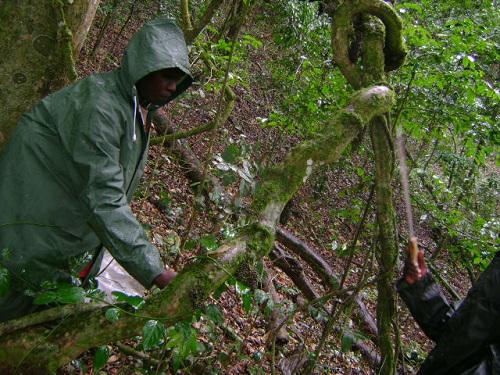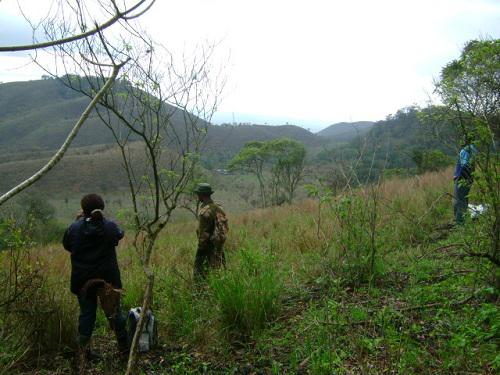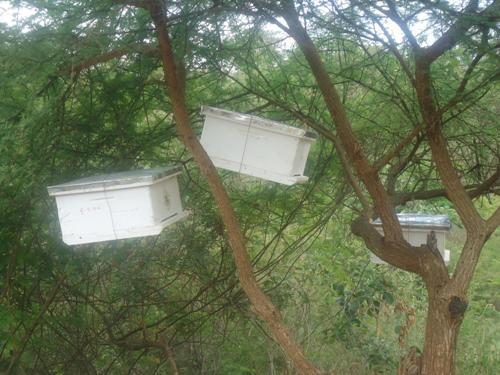Vincent Nzinzi Mainga
The aim of the project is to carry out an ecological survey in Kibauni hill forest to be able to document its floristic composition and stem up conservation efforts in the area. This is vital to establish a document which will give us an indication of species composition, structure, and distribution which will be very crucial in identifying threats to the forest.

The project is set to build ongoing work at the forest area by conducting an ecological assessment of the tree species and documenting its floristic composition. A botanical survey will be conducted in Kibauni forest hill along two climbing routes (on the windward and the leeward side). Three transects each 20 km long will be established, georeferenced and 20 permanent plots set. Sampling will be done in each plot to establish the species composition in terms of tree species, seedlings, saplings, canopy cover and anthropogenic and other disturbances noted. Data gathered will be analysed using standard procedures and report generated and disseminated to all the relevant stakeholders. Prior to the activities, mobilization exercise will take place and all relevant stakeholders will be informed and included in the project. Based on the results of the analysed data, conservation initiatives will begin with setting up a nursery and planting relevant indigenous tree seedlings.

This will be in collaboration of the community groups already working with Green Resources Initiative. All activities will be participatory to ensure ownership of the project ad its sustainability after the project completion. Nursery operations will be conducted by trained nursery officer who will also train community members on nursery operations and management until seedlings mature enough to be transplanted into the hill. Planting of the seedlings will be such that it will coincide with the rain season and the target is to have 50,000 indigenous seedlings planted in the hill and its environs. During all these activities, capacity building of the stakeholders through training will also be taking place as part of participatory management plan.

Progress to the project will be periodical and a final report document will be prepared at the end of the project. Overall this ecological assessment and botanical inventory will be crucial for effective conservation planning. From this inventory, different plant communities will be differentiated, sites with high species richness identified and the presence of rare and threatened species determined.